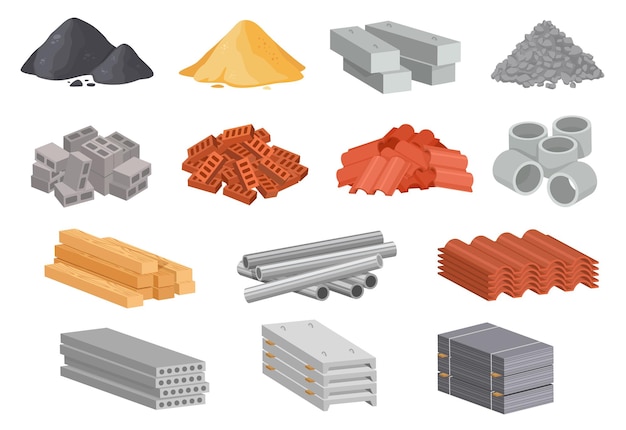
In the realm of construction, the choice of building materials plays a crucial role in determining the sustainability and environmental impact of a project. While many materials are celebrated for their durability and versatility, there exists a dark side to the construction industry. This article aims to shed light on the unsustainable building materials that pose significant challenges to our environment and explore alternative solutions for a greener future.
- Concrete: A Carbon-Intensive Culprit
Concrete, a widely used construction material, is responsible for a significant portion of global carbon emissions. The production of cement, a key component of concrete, releases substantial amounts of carbon dioxide into the atmosphere. Exploring alternative materials like recycled aggregates, geopolymer concrete, or even timber can help reduce the carbon footprint associated with construction. - Asbestos: A Silent Killer
Once hailed for its fire resistance and insulating properties, asbestos has now been recognized as a hazardous material due to its link to respiratory diseases. Despite being banned in many countries, asbestos can still be found in older buildings. Proper identification, removal, and disposal of asbestos are essential to protect human health and prevent further contamination. - PVC: A Toxic Threat
Polyvinyl chloride (PVC), commonly used in pipes, flooring, and insulation, poses significant environmental and health risks. The production and incineration of PVC release toxic chemicals, including dioxins, into the environment. Seeking alternatives such as bio-based polymers or recycled materials can help mitigate the adverse effects of PVC. - Treated Wood: A Hazardous Legacy
Treated wood, treated with chemicals to enhance durability and resistance to pests, poses environmental risks due to the leaching of toxic substances into the soil and water. Utilizing sustainably sourced timber or exploring innovative materials like bamboo or engineered wood products can provide safer alternatives without compromising structural integrity. - Styrofoam: A Persistent Pollutant
Expanded polystyrene foam, commonly known as Styrofoam, is a non-biodegradable material that poses a significant threat to the environment. Its production requires fossil fuels, and its disposal contributes to pollution and landfill overcrowding. Embracing biodegradable packaging materials or exploring alternative insulation options can help combat the adverse effects of Styrofoam.
Conclusion:
As the construction industry strives for sustainability, it is crucial to address the use of unsustainable building materials. By understanding the environmental impact of materials like concrete, asbestos, PVC, treated wood, and Styrofoam, we can make informed choices and seek alternative solutions. Embracing greener materials and practices not only benefits the environment but also promotes healthier living conditions for future generations. Let us pave the way for a more sustainable and responsible construction industry.

